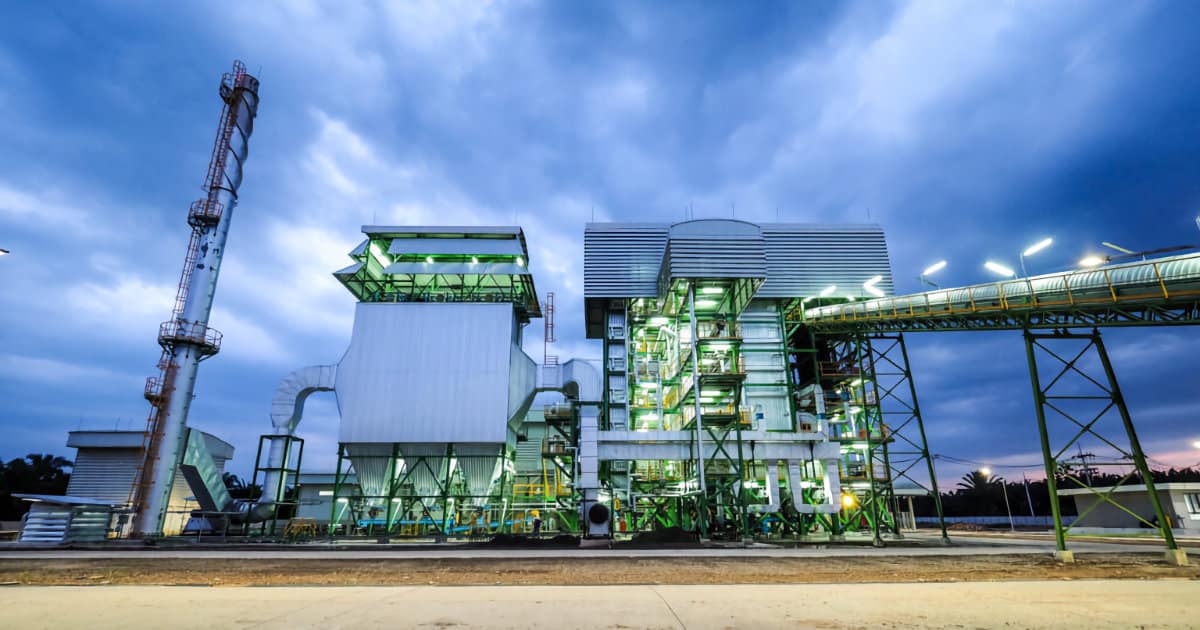Biomass conversion processes are the various methods used to convert biomass material, organic matter from plants or animals, into different forms of biomass energy or products. These processes transform the chemical composition and physical properties of the biomass, resulting in energy-rich fuels, electricity, heat, or other valuable materials.
In this comprehensive guide, we’ll demystify complex processes like pyrolysis, gasification, anaerobic digestion, and more. We’ll also explore the trailblazing advancements shaping this ever-evolving field. Packed with expert insights, this article promises to fuel your understanding of biomass technology. So, whether you’re a seasoned professional or simply curious, buckle up for an enlightening journey into the heart of renewable energy. Let’s turn the page and start exploring!
Table of Contents
Thermochemical Conversion
Thermochemical conversion is a primary route for biomass conversion. It applies heat to chemically alter biomass, yielding a variety of products such as bio-oil, syngas, and char.
The effectiveness of thermochemical conversion is largely driven by the technological approaches used. High-tech equipment enhances process control, increasing conversion efficiency and product quality.
Pyrolysis
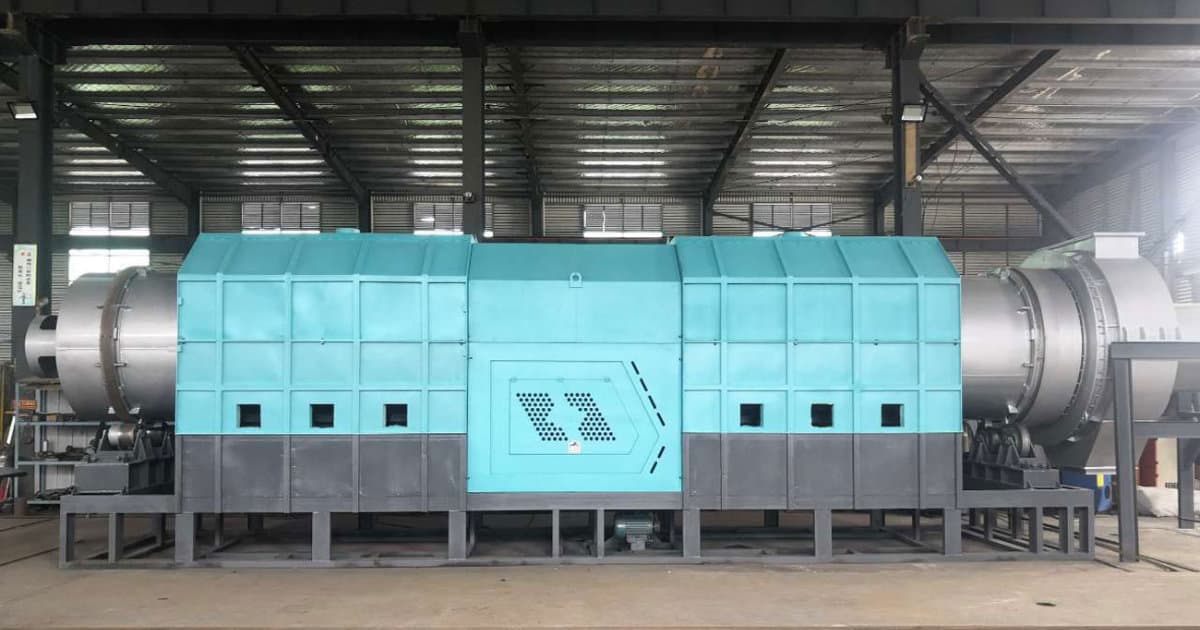
Pyrolysis is a thermochemical process where biomass decomposes under high temperatures in an oxygen-free environment. It’s often segregated into fast and slow pyrolysis, each yielding different products.
Technological advances in pyrolysis have mainly targeted improving reaction kinetics, optimizing product yield, and reducing unwanted byproducts. For instance, fast pyrolysis technologies, like ablative pyrolysis, are being developed for higher liquid product yields.
Gasification
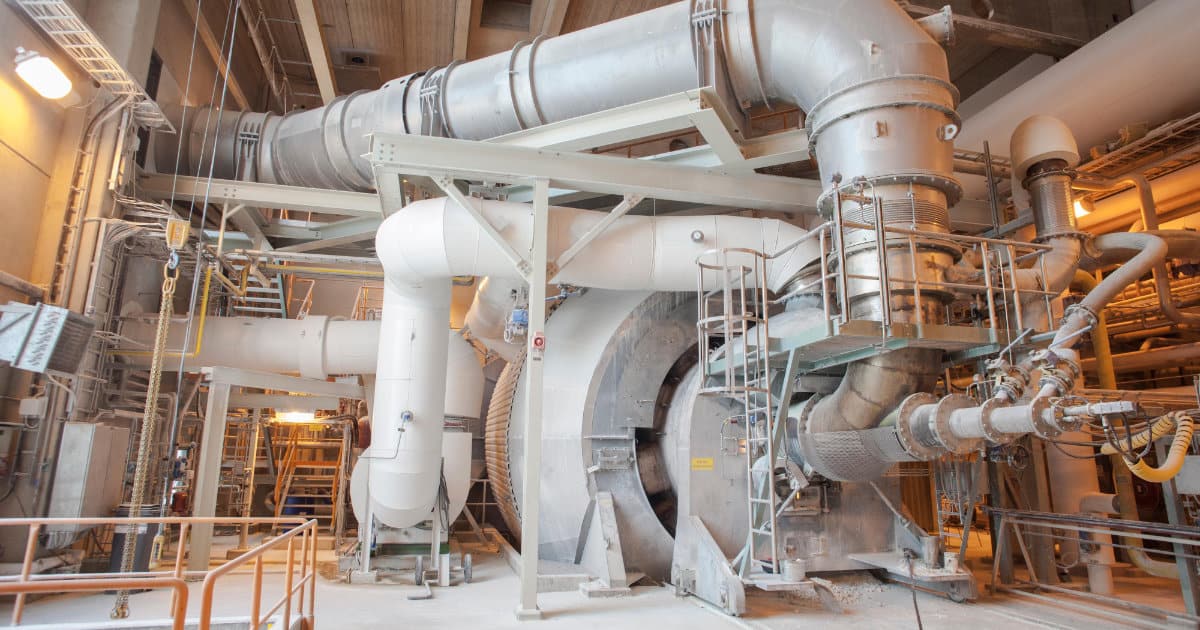
Gasification, another form of thermochemical conversion, partially oxidizes biomass to produce a syngas composed of carbon monoxide, hydrogen, and carbon dioxide. It is popular due to its potential to convert diverse feedstocks into synthetic fuels, chemicals, and power.
Technological innovations in gasification aim to enhance syngas cleaning, improve process efficiency, and expand feedstock flexibility. For instance, fluidized bed gasifiers provide enhanced mixing and heat transfer, contributing to improved gasification efficiency.
Combustion
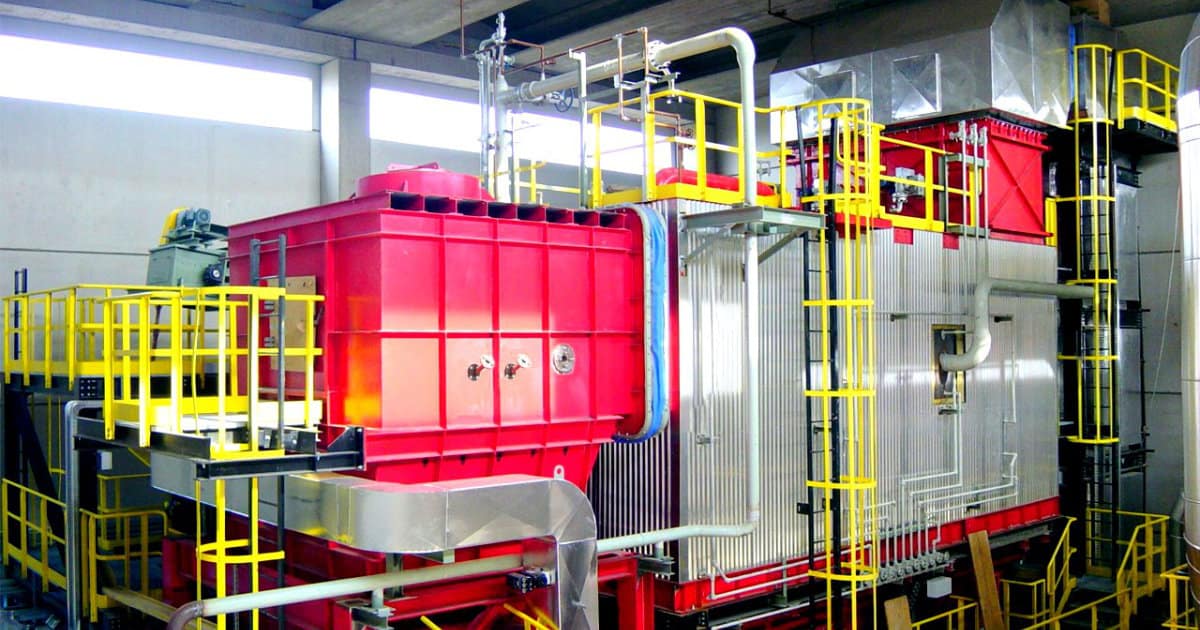
Combustion is the oldest and most direct form of thermochemical conversion, involving the complete oxidation of biomass to generate heat, steam, and power. The process’s simplicity makes it a popular choice for thermal power plants.
The technology used in biomass combustion has evolved over time. Developments focus on optimizing combustion conditions, improving emission control, and enhancing overall plant efficiency.
Biochemical Conversion
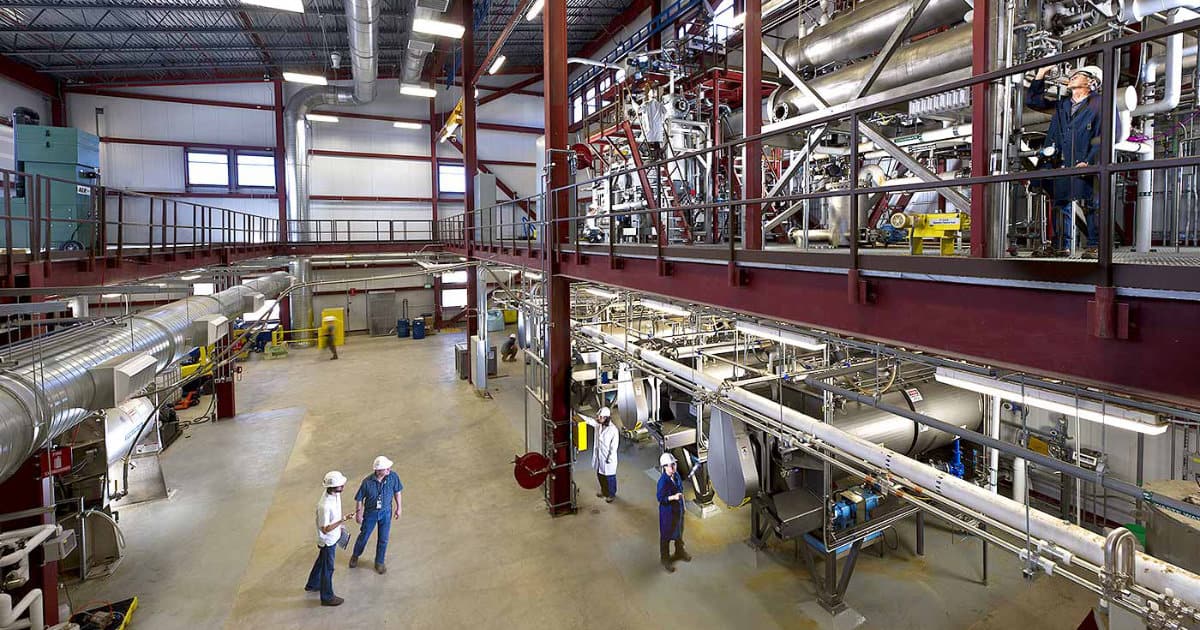
Biochemical conversion processes, unlike thermochemical methods, utilize biological agents such as enzymes and microorganisms. They are known for their ability to convert biomass into gaseous and liquid fuels.
Recent advancements in biochemical conversion technologies have centered on genetic engineering and process optimization. The goal is to enhance the capabilities of microbes or enzymes used in conversion and increase the yield of desired products.
Anaerobic Digestion
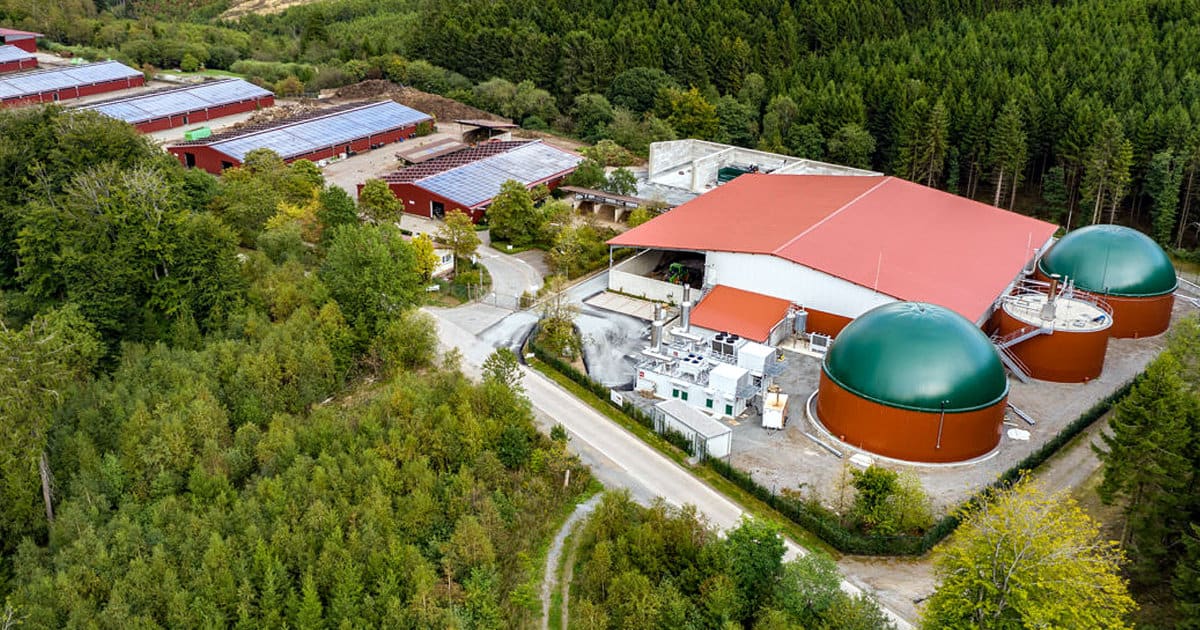
Anaerobic digestion involves the breakdown of biomass by bacteria in an oxygen-free environment. The process yields biogas, a mixture of methane and carbon dioxide, and nutrient-rich digestate.
Modern anaerobic digestion technologies focus on enhancing biogas production and quality. For example, high-rate digesters offer improved loading rates and higher biogas yields, making the process more economically viable.
Fermentation
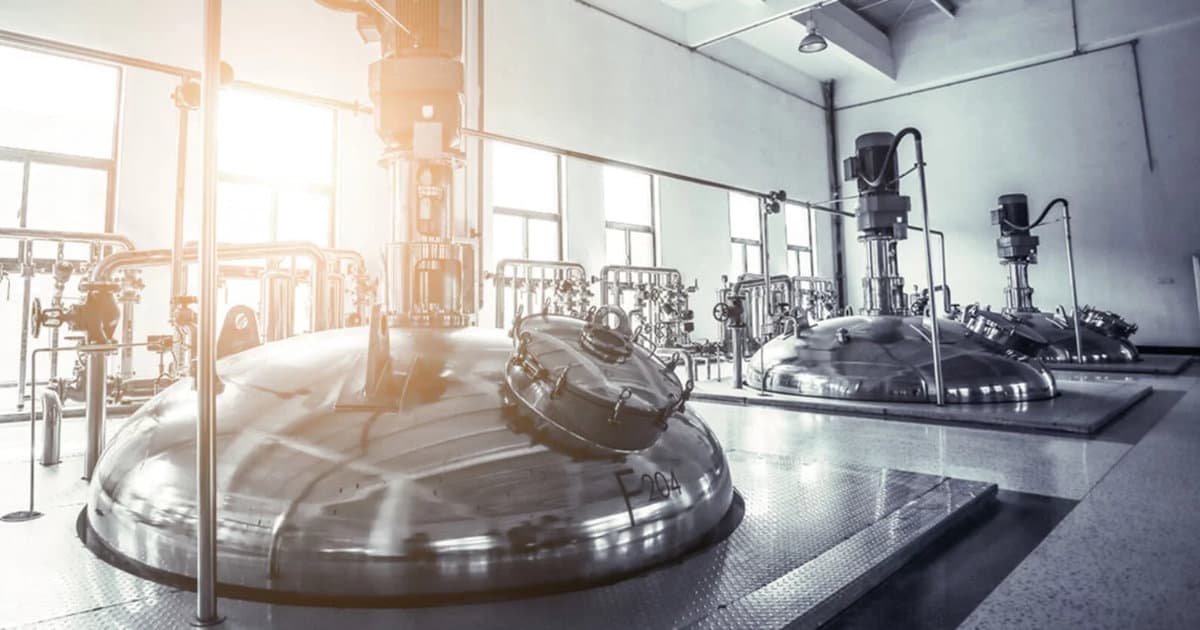
Fermentation is a biochemical conversion process commonly used to produce bioethanol from biomass. Yeasts and bacteria play a significant role in breaking down sugars and starches into ethanol and carbon dioxide.
Cutting-edge fermentation technologies strive to improve product yield, process robustness, and feedstock flexibility. Techniques like simultaneous saccharification and fermentation (SSF) and consolidated bioprocessing (CBP) are examples of such advancements.
Chemical Conversion
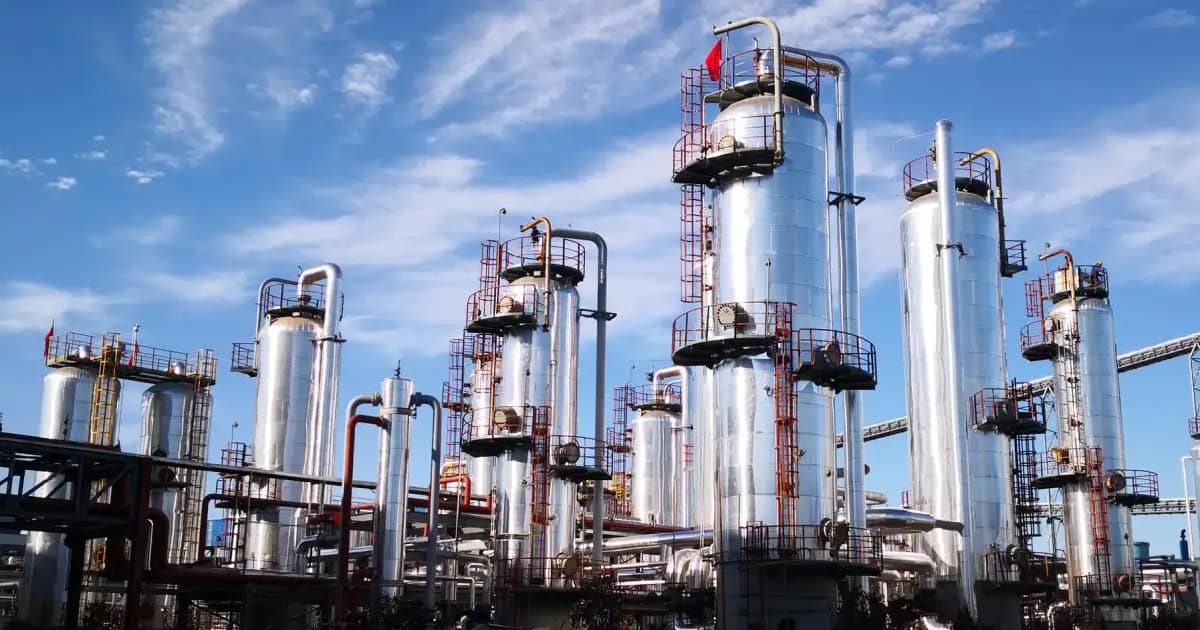
Chemical conversion methods involve using chemicals or catalysts to convert biomass into biofuels or chemicals. Hydrogenation and esterification are examples of such processes.
Technology development in chemical conversion aims to improve catalyst effectiveness, process efficiency, and product yield. Catalytic transfer hydrogenation (CTH) is a notable technology that promotes the effective production of biofuels from biomass.
Co-Firing
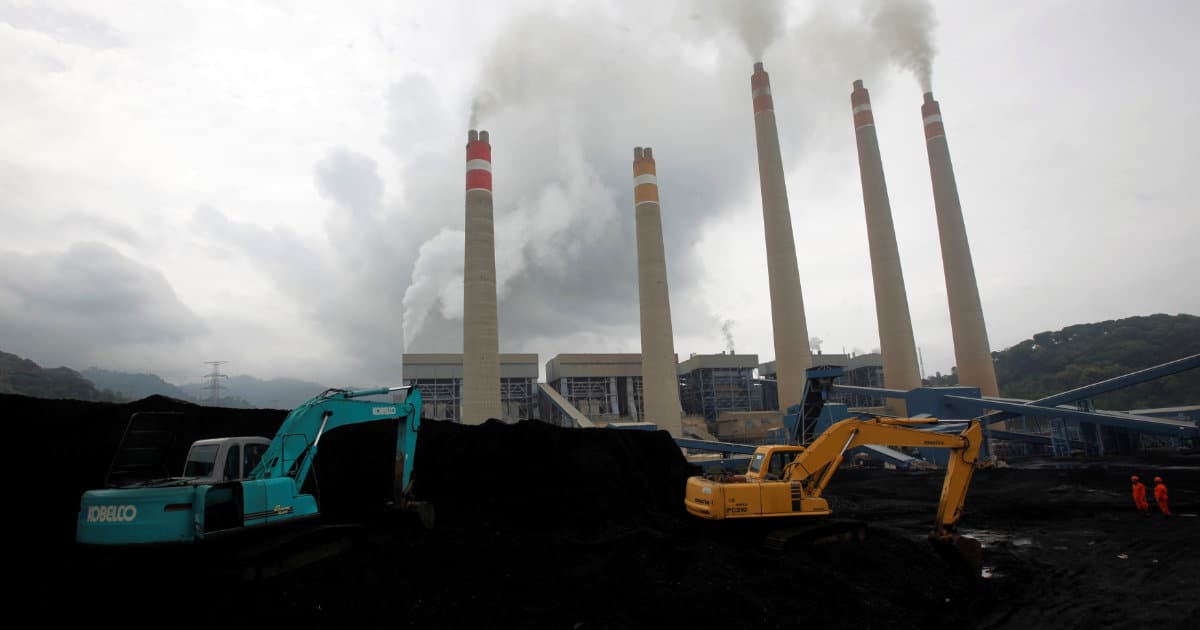
Co-firing describes the practice of burning biomass together with coal in existing power plants. It is a cost-effective way of reducing greenhouse gas emissions while leveraging the existing infrastructure.
The technology around co-firing focuses on improving the combustion efficiency and reducing harmful emissions. Advanced technologies include fluidized bed co-firing and pulverized coal co-firing.
Technology Advancements in Biomass Conversion

Keeping abreast of the latest technological advancements is crucial in the ever-evolving field of biomass conversion. Areas of focus include nanotechnology applications, advanced catalysts, novel microorganisms for biochemical conversion, and process integration.
Furthermore, advancements in computational modeling and simulation are enhancing process understanding and design in biomass conversion technologies. This helps predict process behavior and optimize operating conditions, leading to improved efficiency and productivity.
Environmental Impacts of Biomass Conversion Processes
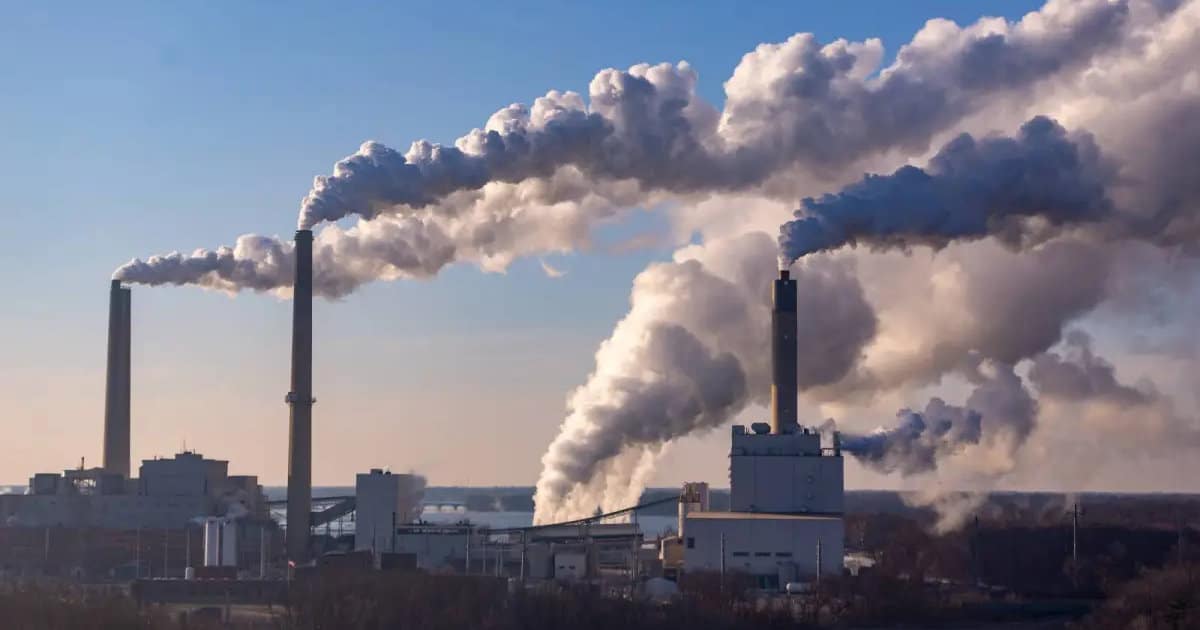
While biomass conversion processes can offer sustainable energy solutions, their environmental impacts need careful consideration. Emission control, water usage, and waste management are key environmental concerns.
Advanced technologies aim to mitigate these environmental impacts. For example, carbon capture and storage (CCS) technologies can reduce CO2 emissions from biomass conversion facilities. Similarly, wastewater treatment technologies can manage water usage and waste generation.
Conclusion
Biomass conversion processes are a cornerstone of the bio-economy, providing a sustainable route to energy and valuable products. Technological advancements are continually pushing the boundaries of these processes, improving efficiency, reducing environmental impacts, and broadening feedstock applicability.
Embracing these advancements is essential for creating more sustainable and efficient biomass conversion processes. As technology continues to evolve, the potential of biomass as a renewable resource is set to reach even greater heights.
Frequently Asked Questions About Biomass Conversion Processes
The main types of biomass conversion processes are thermochemical, biochemical, and chemical. Thermochemical processes include pyrolysis, gasification, and combustion, which use heat to chemically alter biomass. Biochemical processes, like anaerobic digestion and fermentation, use enzymes, bacteria, or other microorganisms to break down biomass. Lastly, chemical conversion processes use chemicals or catalysts to convert biomass into different products, such as biofuels or hydrogen.
Technological advancements have greatly enhanced the efficiency and sustainability of biomass conversion processes. Innovations in thermochemical technologies, such as advanced pyrolysis and gasification systems, have improved reaction kinetics, optimized product yield, and reduced unwanted byproducts. In biochemical conversion, advances in genetic engineering and process optimization have led to higher product yields. Additionally, technology has played a key role in mitigating the environmental impacts of biomass conversion, with developments in emission control, water usage, and waste management.
Sources
Burgess BioPower: Website
Covanta: Website
Enviva: Website
Orsted: Website
